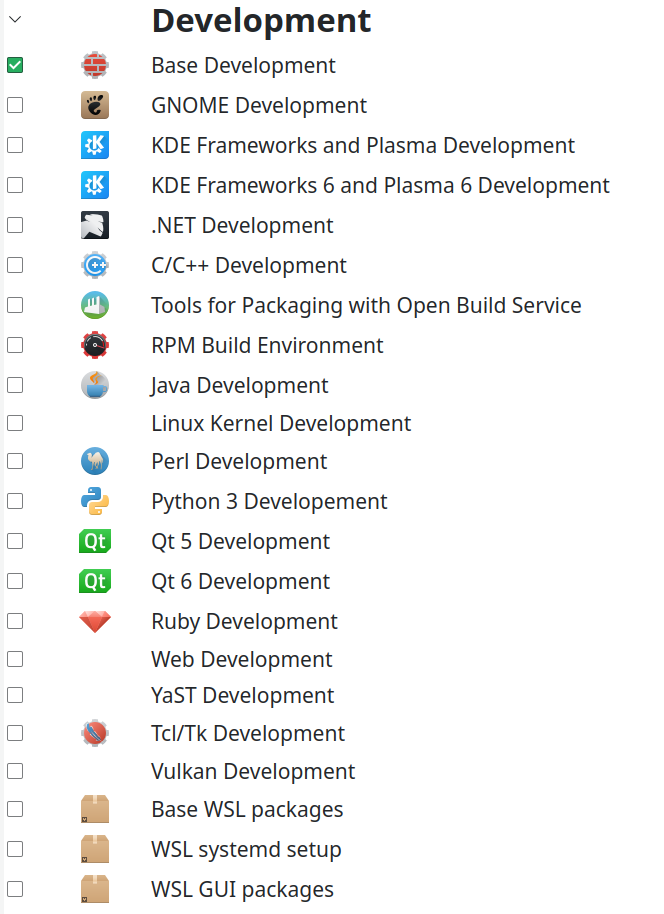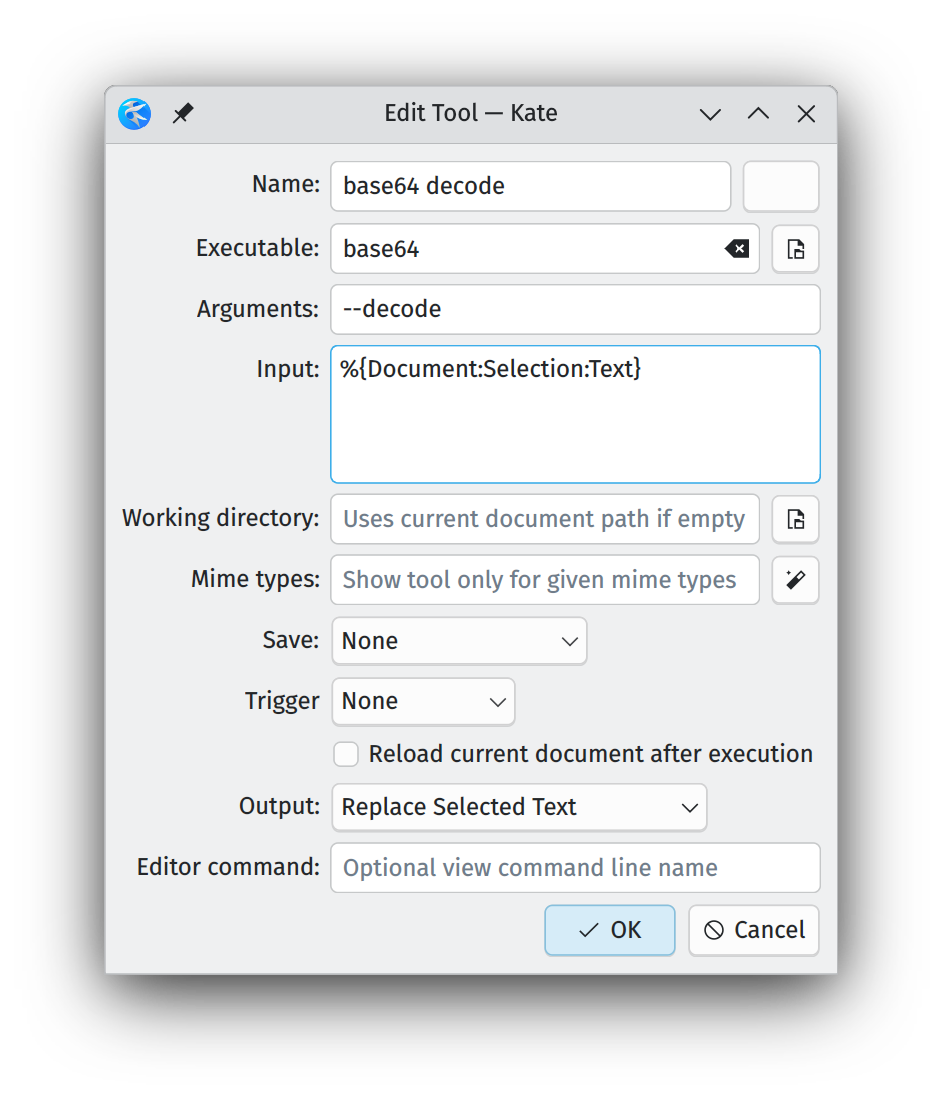

Man, you’re not supposed to judge a book by its cover, much less its title, but when I heard “Throne and Liberty” for the first time, it immediately sounded like something lazily slapped together. I guess, it makes sense that specifically the localization is lazily slapped together.











Presumably you’re using an IDE or smart text editor to run your code. Otherwise you’d be running e.g.
cargo buildandcargo testfrom the command-line quite often.The difference to Pip is that Cargo detects changes in the
Cargo.tomland will automatically install all the necessary dependencies, when you runcargo buildorcargo test(or other similar commands). And since your IDE / editor runs these for you, it looks to you like you’re just editing a text file.It should also be said that Pip has a somewhat unusual workflow in that you
pip installeverything, which would normally install it globally into your operating system. And then withvenv, you kind intercept that to install it into the.venv/folder in your repo instead.This workflow doesn’t make a ton of sense, if you always have a repo folder where the dependencies can be installed into, so Rust just doesn’t do it that way.
(In particular, installing dependencies globally quickly causes issues when different projects have different version requirements for the same library.)
There is a
cargo installcommand, but it’s only for installing applications, not libraries.